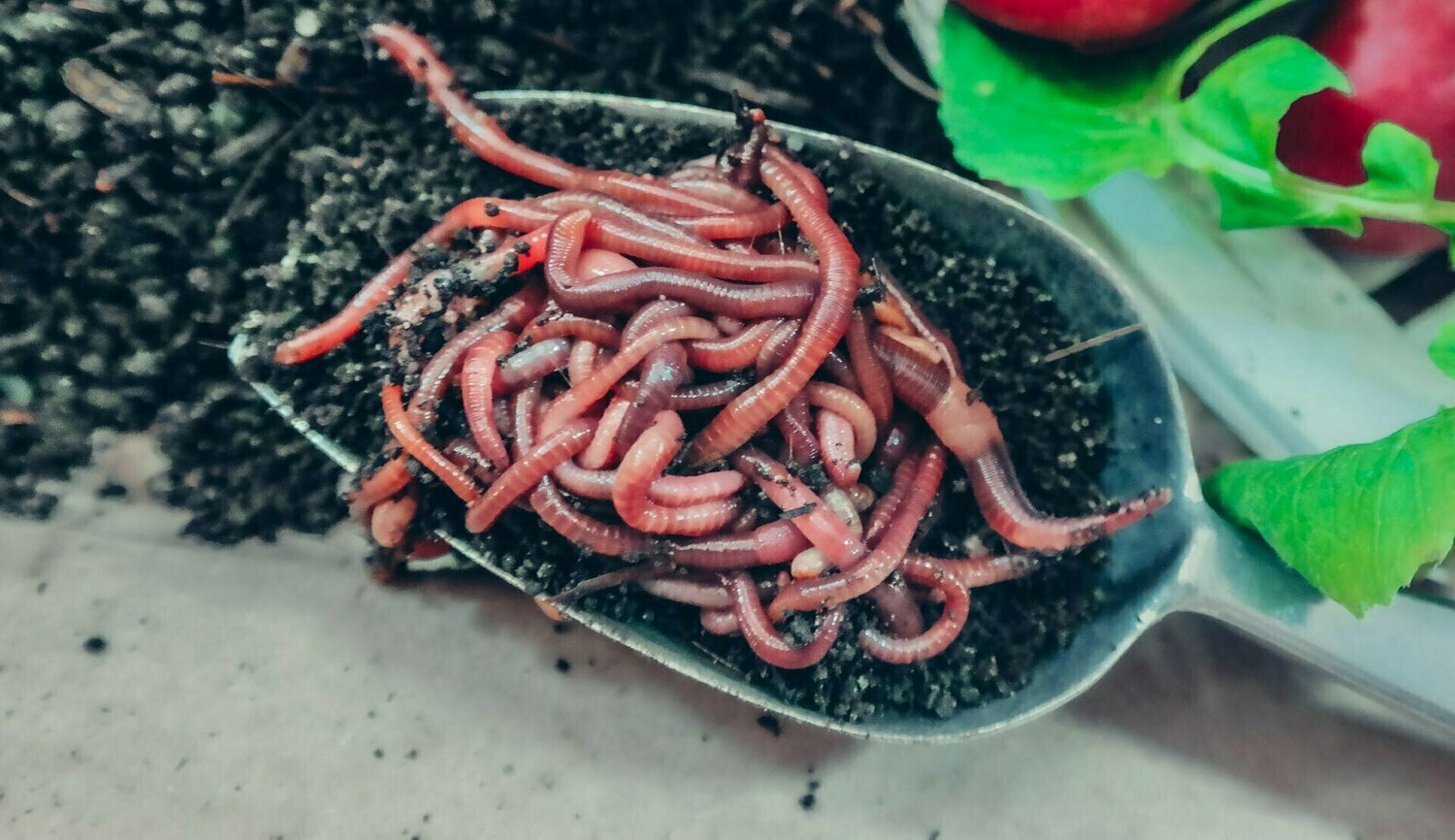Utilizing Red Wigglers for Effective Organic Waste Disposal
These worms not only improve waste disintegration yet additionally produce valuable worm castings, which can substantially enhance soil health. Comprehending the nuances of establishing up an effective worm container and maintaining an optimal environment is critical for maximizing their benefits.
Advantages of Utilizing Red Wigglers
One of one of the most compelling benefits of using red wigglers for natural garbage disposal is their remarkable effectiveness in composting. These worms, medically referred to as Eisenia fetida, are specifically adjusted for damaging down natural materials, allowing them to refine waste up to two times their body weight daily. This quick decay not only increases the composting process however also generates nutrient-rich worm spreadings that substantially improve soil top quality.
In addition, red wigglers contribute to a reduction in garbage dump waste. By diverting natural products from garbage dumps, they assist lessen methane emissions-- a potent greenhouse gas. This eco-friendly advantage is crucial in the battle versus climate change.
Furthermore, red wigglers are low-maintenance and can flourish in various settings, making them obtainable for both amateur and skilled composters. Their capability to replicate quickly guarantees a stable population, facilitating recurring waste handling.
Establishing Your Worm Container
Developing a reliable worm bin is crucial for taking full advantage of the advantages of composting with red wigglers. The primary step is selecting a proper container. A bin made of plastic or wood, with a capability of 10 to 20 gallons, is optimal. Make sure the bin has sufficient drain openings to stop excess dampness, as red wigglers grow in a moist however not soaked setting.
When the container is set up, introduce the red wigglers, enabling them to accommodate to their new atmosphere. It's crucial to keep an eye on wetness degrees and temperature level consistently. A properly maintained bin will certainly not just sustain the health and wellness of the worms but additionally help with effective decay of natural waste. By complying with these standards, you can create a thriving community that adds to sustainable waste administration.
What to Feed Red Wigglers
An understanding of the proper diet for red wigglers is important for maintaining a healthy worm population and enhancing composting performance. Red wigglers flourish on a diverse diet regimen that primarily contains natural products. Ideal food resources include vegetable scraps, fruit peels, coffee grounds, eggshells, and shredded paper. These items not just offer vital nutrients but likewise add to the moisture equilibrium within red worms for sale the worm bin.
It is important to avoid certain foods that can harm the worm population. Red wigglers should not be fed meat, dairy items, oily foods, or refined products, as these can attract pests and develop undesirable odors. red wigglers. Furthermore, citrus fruits and hot foods should be reduced, as their acidity can be damaging to worms
To advertise optimal food digestion, food should be sliced right into smaller sized items, assisting in quicker failure and intake. Introducing food in moderation is likewise vital; overfeeding can lead to anaerobic problems and attract unwanted insects. Keeping track of the worm container for food usage prices will certainly assist guarantee that red wigglers are getting a sufficient diet regimen while maintaining an effective composting atmosphere. Appropriate feeding practices are necessary for promoting a flourishing ecosystem within the worm bin.
Keeping Your Worm Habitat
A well-maintained worm environment is vital for the health and wellness and productivity of red wigglers. To make certain optimal problems, it is important to check temperature, dampness, and oygenation within the worm bin (red wigglers).
Moisture degrees ought to be kept regular; the bed linen must be damp yet not soaked. A good policy of thumb is to keep dampness at around 70% to 80%. If the bed linens becomes as well damp, it can lead to anaerobic conditions that are dangerous to the worms. Adding dry carbon-rich products, such as shredded paper or cardboard, can assist absorb excess moisture.

Using Worm Castings in Gardening
Rich in nutrients and advantageous microbes, worm castings work as an outstanding natural plant food for horticulture. Produced with the digestion procedures of red wigglers, these castings have a range of vital nutrients, including nitrogen, phosphorus, and potassium, which advertise robust plant growth. Unlike synthetic fertilizers, worm spreadings offer a slow-release device, making sure that nutrients are available to plants over an extended duration, consequently lowering the danger of nutrient leaching and dirt deficiency.
Along with nutrient web content, worm spreadings improve dirt structure and oygenation, improving moisture retention and drainage. The microbial life existing in worm castings assists to suppress pathogens and promotes a healthy dirt ecosystem, further profiting plant health and wellness. When incorporated right into the soil or used as a leading clothing, worm castings can considerably increase seed germination rates, origin development, and overall plant vigor.
For ideal results, garden enthusiasts need to apply worm castings at a rate of 1-2 inches per square foot, blending them into the dirt or integrating them into potting blends. Generally, utilizing worm castings is an environmentally friendly approach to enriching soil fertility and guaranteeing flourishing garden settings.
Verdict

Comments on “Top-quality red worms: For organic waste solutions”